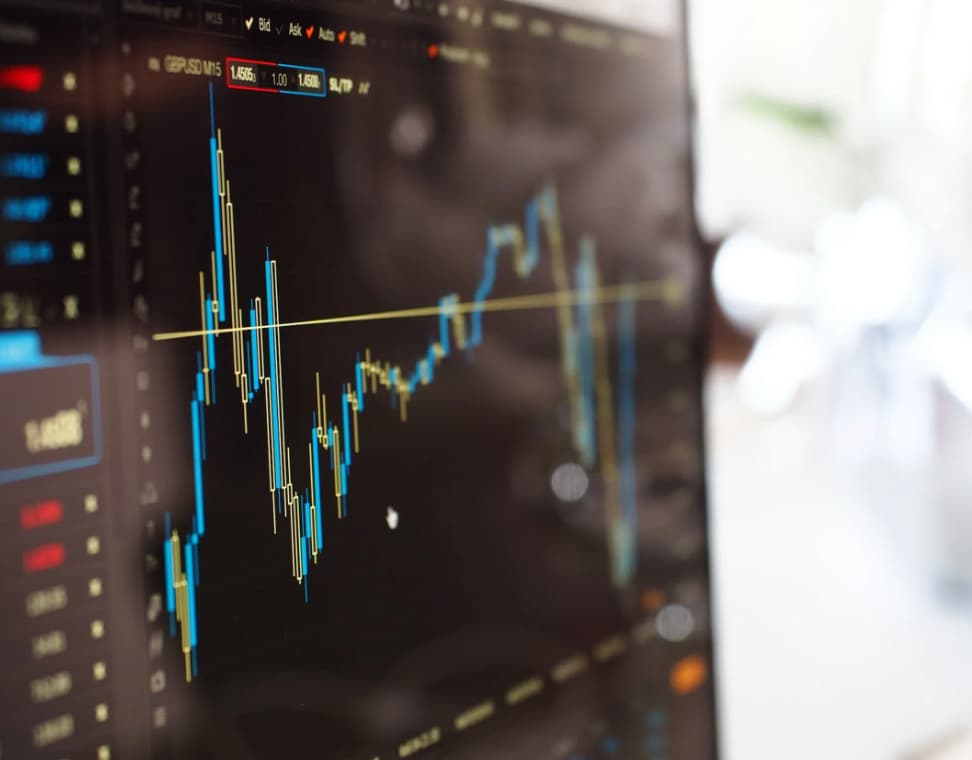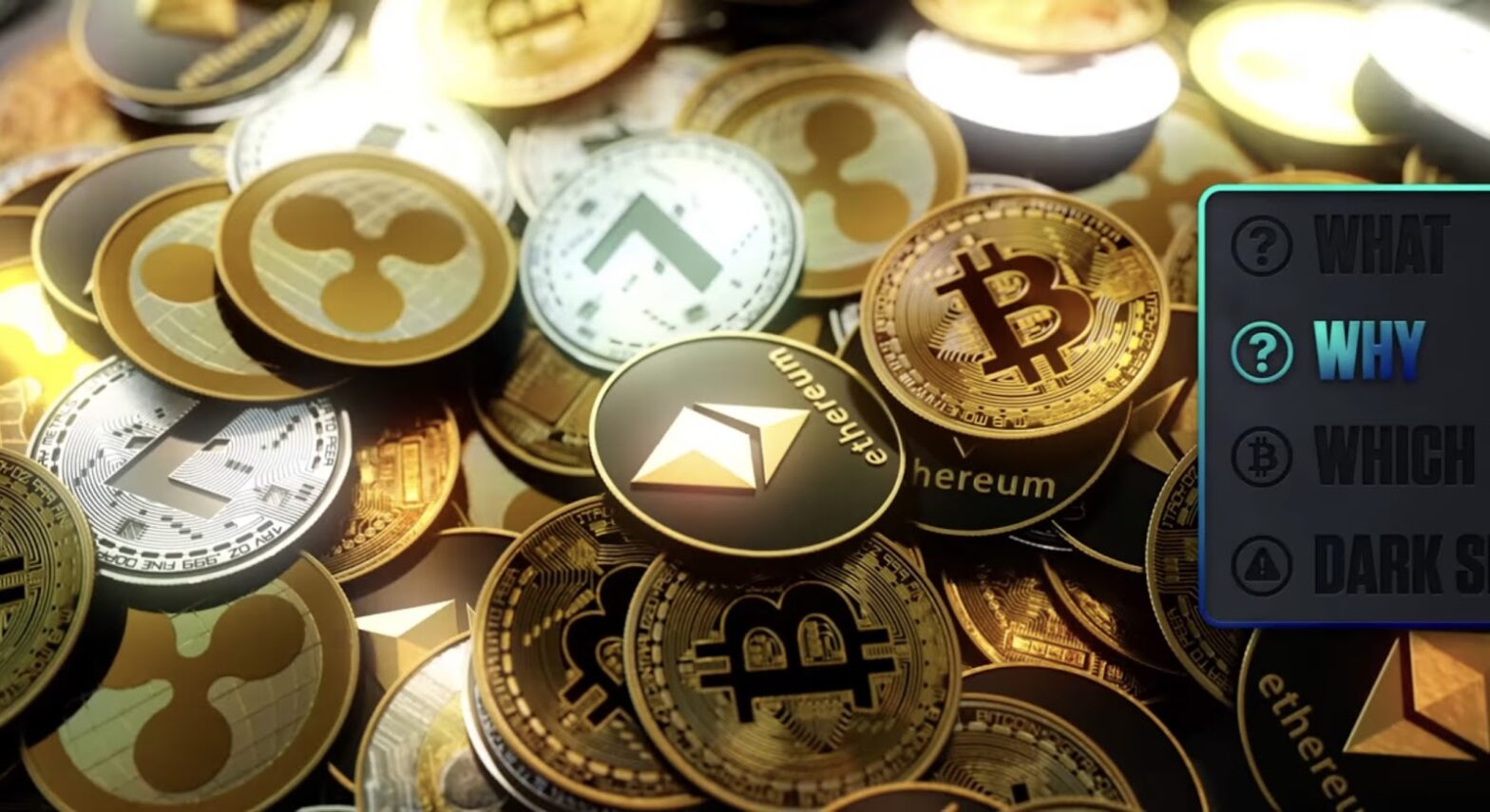Over the past year, Non-Fungible Tokens (NFTs) have dramatically altered the digital landscape. Among these developments, NFT land projects represent a significant innovation, offering digital land ownership within blockchain platforms. As this sector is still emerging, several pioneering projects are shaping its trajectory.
The Concept of NFT Land
NFT land is a novel digital asset category, enabling ownership of virtual land parcels on blockchain-based ecosystems. These assets can serve various functions, from gaming and virtual reality applications to social networking platforms. Each NFT land project offers unique characteristics and utilities, making them distinct in the digital world. In order to learn more about existing projects, we suggest you look at examples.
Criteria for Investing in NFT Land
Before investing in NFT land, conducting thorough research on the project’s background, the team’s vision, and the project’s potential for growth and revenue generation is crucial. The project’s scale and scope also influence its risk-reward profile. Additionally, understanding the tokenomics of the NFT land project is essential, as it defines the project’s operational model and long-term viability.
Tokenomics and Land Appreciation in NFT Projects
When evaluating an NFT land project, consider the total supply of NFTs, the distribution of ownership, and the utilization of funds raised. For land to appreciate in value, projects should incorporate mechanisms like gamification, monetization opportunities, and macroeconomic factors affecting valuation.
NFT Land Projects Comparison Table
| Project Name | Key Features | Blockchain Platform | Potential Uses |
|---|---|---|---|
| Real Estate Investment Club | Metaverse integration, Real-world meetups | Ethereum | Social networking, Metaverse development |
| Decentraland | User-generated content, District-based structure | Ethereum | Gaming, Social interactions, Virtual events |
| Bloktopia | Educational hub, Income generation activities | Polygon | Web3 experiences, Gaming, Socializing |
| The Sandbox | User content creation, Celebrity involvement | Ethereum | Gaming, Digital art exhibitions, Virtual real estate |
| Somnium Space | Advanced metaverse design, Customization options | Ethereum | Virtual living, Social experiences, Gaming |
Steps to Acquire NFT Land
Acquiring NFT land involves a series of steps that integrate the principles of blockchain technology and digital asset management. Here is a detailed guide:
- Selecting a Digital Wallet: Your first step is to choose a reliable digital wallet that supports NFT transactions. Popular options include MetaMask, Coinbase Wallet, and Trust Wallet. These wallets not only store your cryptocurrency but also facilitate transactions on NFT platforms;
- Purchasing Cryptocurrency: Most NFT transactions are conducted in Ethereum (ETH), so you’ll need to purchase this cryptocurrency. You can buy ETH through exchanges like Coinbase, and Binance, or directly via your digital wallet if it offers this service. Ensure you have enough ETH to cover both the cost of the NFT land and associated transaction fees, commonly known as ‘gas fees.’;
- Choosing an NFT Marketplace: Several marketplaces specialize in NFT land sales, such as OpenSea, Rarible, and Decentraland’s own marketplace. Each platform has unique features and communities, so research which marketplace aligns best with your investment goals;
- Exploring Available NFT Land: Browse through the listings on your chosen marketplace. Look for lands that suit your needs, whether for investment, development, or personal enjoyment. Pay attention to each land’s location, size, and potential for appreciation;
- Finalizing the Purchase: Once you’ve selected a piece of NFT land, proceed to purchase it through the marketplace. This process typically involves connecting your digital wallet, confirming the transaction details, and paying the required amount in ETH, including gas fees;
- Post-Purchase Considerations: After acquiring the NFT land, consider its management. Some investors develop their virtual land to increase its value, while others may hold it as a long-term investment. Staying informed about the project’s developments and community activities is crucial for maximizing your investment’s potential.
By following these steps, you can navigate the process of acquiring NFT land, ensuring a smooth and informed investment experience in this innovative digital asset class.
Prominent NFT Land Projects of 2023
2023 has seen the emergence of several significant NFT land projects, each offering unique opportunities and experiences in the virtual world. Here are some of the noteworthy projects:
- Decentraland: A pioneer in the NFT land space, Decentraland offers a decentralized virtual reality platform where users can create, experience, and monetize content and applications. Land in Decentraland is finite, making it a valuable asset, and the platform has a vibrant community and economy;
- The Sandbox: This user-generated virtual world allows players to create, own, and monetize their gaming experiences. The Sandbox has gained popularity for its collaborative approach, partnering with various brands and celebrities to create unique virtual experiences;
- Axie Infinity: While primarily known for its NFT-based online game, Axie Infinity also offers virtual land, known as Lunacia. This land serves as a base for players to build and harvest resources, adding another layer of interaction and investment opportunity in the game;
- Somnium Space: Focused on creating an immersive VR experience, Somnium Space offers a wide range of possibilities for its virtual land, from building interactive experiences to hosting social events. Its integration with VR technology sets it apart in the NFT land space;
- Upland: Based on real-world addresses, Upland creates a parallel virtual space where users can buy, sell, and trade virtual properties. Its unique mapping of virtual to real-world locations offers an intriguing blend of reality and virtual experience;
- SuperWorld: SuperWorld allows users to buy virtual land overlaid in the real world. Each plot corresponds to real geographical locations, offering a unique way to own a piece of the virtualized Earth. Its focus on augmented reality applications differentiates it from other projects.
These projects represent the diverse possibilities of NFT land in 2023, ranging from gaming and social experiences to innovative real-world integrations. Each project offers a unique vision of the future of virtual real estate, contributing to the dynamic evolution of the NFT landscape.
Creating Your Own NFT: A Step-by-Step Guide
The creation of Non-Fungible Tokens (NFTs) has become an increasingly popular way for artists and creators to monetize digital content. If you’re considering entering this innovative space, understanding the process of creating your own NFT is essential. Here’s a comprehensive guide:
- Develop Your Digital Asset: The first step is creating the digital content you want to tokenize. This could be anything from digital art, music, and videos, to other forms of creative work. Ensure that your creation is original and has potential appeal to the NFT market;
- Choose the Right Blockchain Platform: Most NFTs are part of the Ethereum blockchain, but other options like Binance Smart Chain or Flow by Dapper Labs are also popular. Each blockchain has its own attributes in terms of gas fees, environmental impact, and community;
- Set Up a Digital Wallet: To interact with NFT marketplaces, you need a digital wallet that supports the blockchain of your choice. Wallets like MetaMask, Trust Wallet, or Coinbase Wallet are commonly used;
- Select an NFT Marketplace: Choose an NFT marketplace where you will mint (create) your NFT. Platforms like OpenSea, Rarible, and Mintable offer user-friendly interfaces for artists and creators new to the NFT space;
- Mint Your NFT: Minting involves uploading your digital asset to your chosen marketplace and turning it into an NFT on the blockchain. During this process, you’ll define properties of your NFT, such as pricing, royalties, and the number of editions if it’s not a unique piece;
- List Your NFT for Sale: Once minted, you can list your NFT for sale. You can opt for a fixed price or an auction setting. Ensure your listing is compelling, with a clear description and high-quality images or previews;
- Promote Your NFT: Utilizing social media and online communities to promote your NFT can significantly increase its visibility. Engaging with potential buyers and the NFT community is key to successful sales;
- Manage Your Sales and Royalties: After selling your NFT, manage your earnings and keep track of any royalties you receive from secondary sales, if applicable.
By following these steps, you can transform your digital creations into NFTs and explore new opportunities in the digital art world. Remember, the NFT space is dynamic and constantly evolving, so staying informed and adaptable is crucial for success.
Conclusion
As the concept of NFT land continues to evolve, it presents exciting opportunities for digital real estate investment. This sector is poised for significant growth with diverse applications and burgeoning interest. Investors and enthusiasts entering this space should stay informed and adaptable to navigate its evolving landscape successfully.




